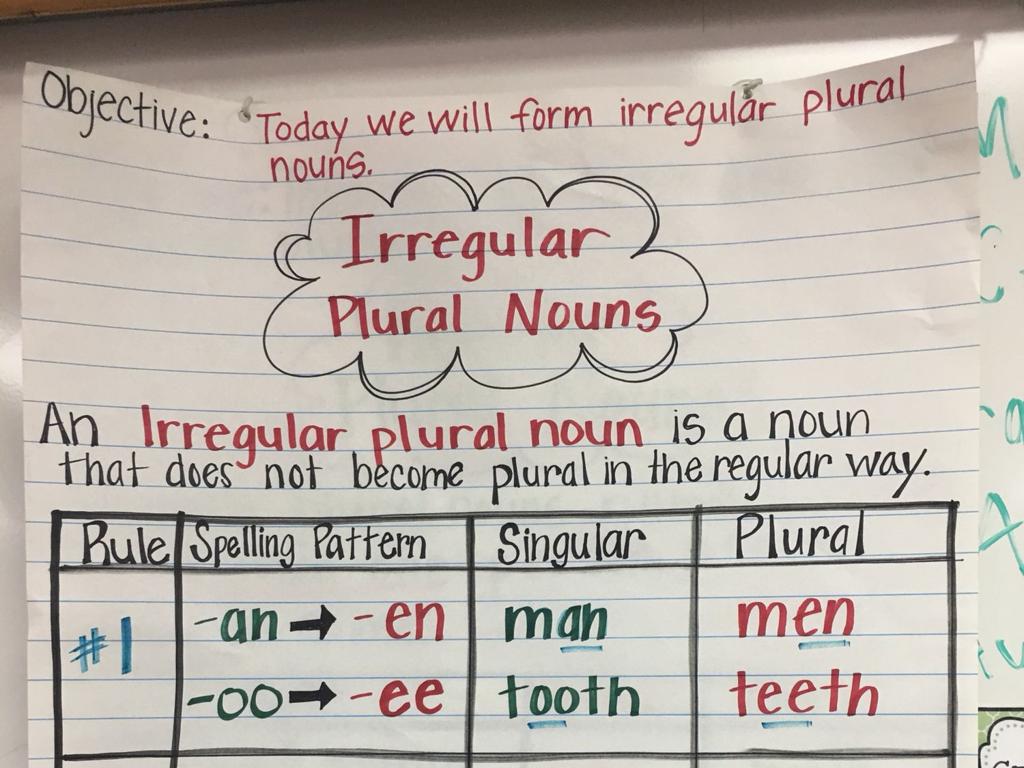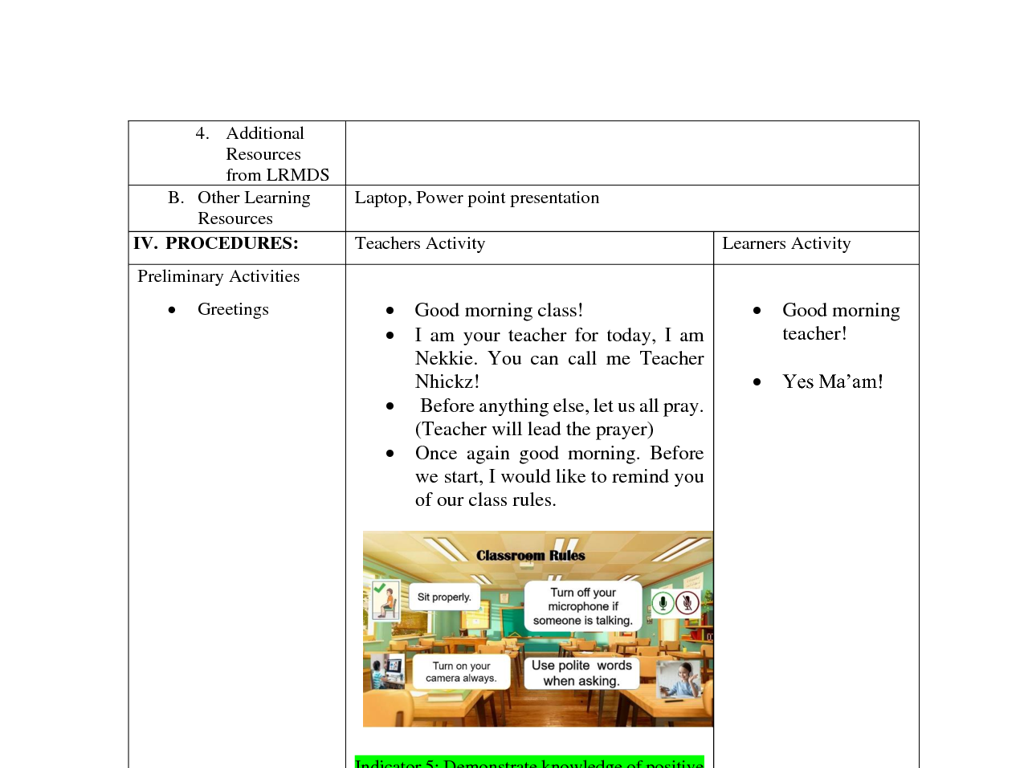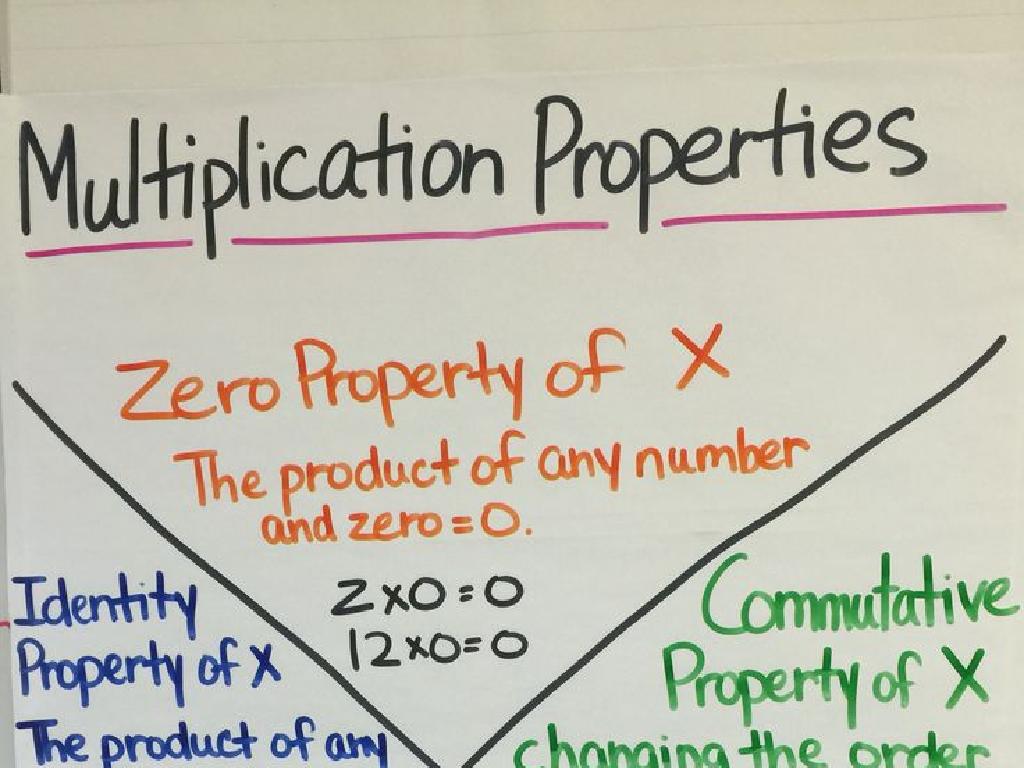The Civil War: The First Battle Of Bull Run To Gettysburg
Subject: Social studies
Grade: Fifth grade
Topic: The Civil War And Reconstruction
Please LOG IN to download the presentation. Access is available to registered users only.
View More Content
The Civil War: Bull Run to Gettysburg
– The Civil War’s impact on America
– A war that shaped the nation’s future
– Key events: Bull Run to Gettysburg
– First major battle to a turning point
– Significance of these battles
– Battles showed the war’s intensity and scale
– Exploring Reconstruction
– Period of rebuilding after the war
|
This slide introduces students to the Civil War, emphasizing its role in shaping the United States. Discuss the war’s impact on the nation’s history and the importance of key battles, such as the First Battle of Bull Run, which was the first major land battle, and the Battle of Gettysburg, often considered the turning point of the war. Highlight the significance of these battles in the context of the war’s progression. Conclude with an introduction to the Reconstruction era, the period of rebuilding that followed the war. Encourage students to think about how these events might have affected the people living through them and to consider the lasting effects on the country.
The First Battle of Bull Run: A Turning Point
– First major Civil War battle
– Fought in Virginia, July 1861
– Showed war’s reality and length
– Both sides realized the war would be longer and more brutal than expected.
– Confederate victory, boosted morale
– Inspired the South, while the North reassessed strategies.
|
The First Battle of Bull Run, also known as the First Manassas, marked the first major land battle of the American Civil War. Taking place on July 21, 1861, near Manassas, Virginia, it shattered the North’s hopes of a swift victory. As both Union and Confederate troops were relatively inexperienced, the battle was chaotic and highlighted the need for better organization and training. The Confederate victory under General Beauregard gave the South a surge of confidence and momentum. In contrast, the Union’s defeat led to a realization that the war would be a long and costly affair, prompting a reevaluation of military tactics and leadership. This battle set the stage for the prolonged conflict that would follow, and its lessons were critical in the subsequent battles, including the lead-up to Gettysburg.
Key Figures at Bull Run
– Union vs. Confederate generals
– Learn about leaders like McDowell (Union) and Beauregard (Confederate)
– Roles of soldiers and civilians
– Soldiers fought bravely, civilians provided support
– Leadership’s impact on the battle
– Good leadership can change a battle’s direction
– Understanding the battle’s outcome
|
This slide aims to introduce students to the important figures of the First Battle of Bull Run, highlighting the roles of Union and Confederate generals. Students will learn about Irvin McDowell, who led the Union forces, and P.G.T. Beauregard, the Confederate general. Emphasize the bravery of the soldiers and the support role that civilians played during the battle. Discuss how the decisions made by leaders like McDowell and Beauregard significantly influenced the outcome of the battle. Encourage students to think about how leadership and strategy can affect the results of any group effort, whether in history or in their own experiences.
Path to Gettysburg: Key Civil War Events
– Events before Gettysburg
– Fort Sumter, Antietam, Emancipation Proclamation set the stage
– Union vs. Confederacy strategies
– Union’s Anaconda Plan vs. Confederacy’s offensive approach
– Shifts in war momentum
– Union victories at Vicksburg and turning tides
– Gettysburg’s significance
– Gettysburg marked a turning point and Union’s favor in the war
|
This slide aims to provide students with an understanding of the crucial events and military strategies that led to the Battle of Gettysburg, a pivotal point in the American Civil War. Discuss the early battles and political actions, such as the attack on Fort Sumter and the issuance of the Emancipation Proclamation, that escalated the conflict. Explain the different military strategies: the Union’s plan to blockade Southern ports and control the Mississippi River, against the Confederacy’s aggressive stance. Highlight how key victories, like the capture of Vicksburg, shifted momentum towards the Union. Emphasize that the Battle of Gettysburg was significant as it marked the decline of Confederate forces and boosted Union morale. Encourage students to consider how these events might have felt for the people living through them and to reflect on the importance of strategy in historical outcomes.
The Battle of Gettysburg: A Turning Point
– Gettysburg: Civil War’s turning point
– The battle marked a major shift in the war’s momentum towards the Union.
– Key moments over three days
– Day 1: Union holds high ground, Day 2: Confederates attack, Day 3: Pickett’s Charge fails.
– Union victory’s significance
– The Union’s win boosted morale and weakened the Confederacy.
– Tactics used in the battle
– Strategies included flanking, artillery barrages, and defensive positions.
|
The Battle of Gettysburg is often considered the most important engagement of the American Civil War. It was the war’s bloodiest battle with 51,000 casualties and marked the last major Confederate attempt to invade the North. The Union victory under General George Meade’s leadership ended General Robert E. Lee’s second and most ambitious invasion of the North. The battle involved numerous critical moments and tactics, such as the Union’s defensive use of the high ground and the infamous Pickett’s Charge. Understanding the significance of this battle helps students grasp the turning points of the Civil War and the impact of military strategy on historical outcomes. Encourage students to reflect on how this victory might have felt for the Union soldiers and what it meant for the future of the United States.
Life During the Civil War
– War’s impact on families
– Families were divided, many lost loved ones
– Women and children’s roles
– Women managed farms, businesses; children took on more responsibilities
– Soldiers’ daily challenges
– Harsh conditions, lack of food, long marches
|
This slide aims to give students a glimpse into the personal side of the Civil War, beyond the battles and politics. Discuss how the war caused emotional strain as families were often split by their loyalties and many had to cope with the loss of family members. Highlight the significant contributions made by women who stepped into roles traditionally held by men, running farms and businesses, and serving as nurses. Children also had to grow up quickly, taking on adult responsibilities. Emphasize the hardships faced by soldiers, such as dealing with poor living conditions, diseases, and the constant fear and stress of battle. Encourage empathy by asking students to imagine what life would have been like for people their age during this tumultuous time.
The Impact of the Civil War
– Human cost of the Civil War
– Many lives were lost, families affected
– Post-battle economic changes
– The war changed how people worked & lived
– Social changes after the war
– Freed slaves faced new challenges
– Civil War’s historical legacy
– The war shaped America’s future
|
This slide aims to help students grasp the profound effects of the Civil War on American society. Discuss the human cost by mentioning the number of soldiers who fought and the casualties, emphasizing the scale of loss and its emotional impact on families. Explain the economic changes, such as the shift from plantation economies to industrialization, and the social changes, including the end of slavery and the long road to civil rights. Highlight the war’s legacy, how it’s remembered, and its significance in American history. Encourage students to reflect on how these events have shaped the nation’s path and continue to influence contemporary society.
Class Activity: Reenacting History
– Divide into Union & Confederate groups
– Assign roles for a key battle moment
– Reenact the Battle of Bull Run/Gettysburg
– Imagine being in the shoes of soldiers, experiencing the chaos and strategy of battle
– Discuss the reenactment learnings
– Reflect on the emotions and decisions faced during the Civil War
|
This activity aims to bring history to life by having students actively participate in a reenactment of a key moment from either the First Battle of Bull Run or the Battle of Gettysburg. By dividing the class into Union and Confederate groups, students will gain a deeper understanding of the perspectives and strategies of both sides. Assigning roles helps students empathize with historical figures. The reenactment should focus on the human experience of the battle, rather than the violence. After the activity, lead a discussion to help students articulate what they learned about the Civil War’s complexity, the soldiers’ experiences, and the impact of these battles on the course of American history. Possible roles include generals, soldiers, medics, or journalists. Other activities could include writing a diary entry from a soldier’s perspective, drawing a battlefield map, or creating a timeline of events leading up to the battles.
Reflecting on Civil War Battles
– Key takeaways from today’s lesson
– Impact of battles on the war’s course
– Battles like Bull Run and Gettysburg were turning points that affected strategies and morale.
– Open floor for questions
– Share your thoughts on the Civil War
– What did you find most interesting or important about these battles?
|
This slide is meant to facilitate a reflective discussion and help students consolidate their understanding of the Civil War’s key battles. Encourage them to think about what they learned and how events like the First Battle of Bull Run and the Battle of Gettysburg influenced the outcome of the war. Allow students to ask any lingering questions they might have and to express their thoughts or feelings about the Civil War. This is an opportunity for them to engage critically with the material and to consider the broader implications of these historic events. As a teacher, be prepared to guide the discussion, provide additional insights, and correct any misconceptions.
Homework: A Soldier’s Diary Entry
– Write a diary as a Civil War soldier
– Include thoughts and feelings
– How did the soldier feel during the battle?
– Describe experiences of battle
– Mention the sounds, sights, and actions
– Use class knowledge creatively
– Draw from battles of Bull Run or Gettysburg
|
This homework assignment aims to deepen students’ understanding of the Civil War by having them step into the shoes of a soldier. They should write a diary entry that reflects on the soldier’s thoughts, feelings, and experiences during either the First Battle of Bull Run or the Battle of Gettysburg. Encourage students to be imaginative while grounding their entries in historical facts discussed in class. Provide them with a list of sensory details and emotions a soldier might have experienced. This activity will help students empathize with historical figures and better grasp the human aspect of war. For the next class, plan a sharing session where students can read excerpts from their diaries, fostering a discussion on different perspectives of the war.





